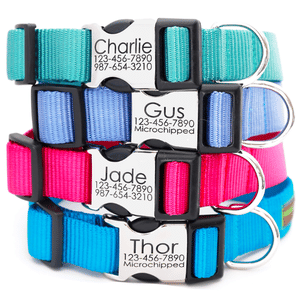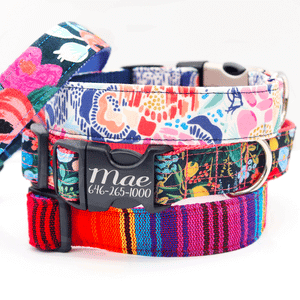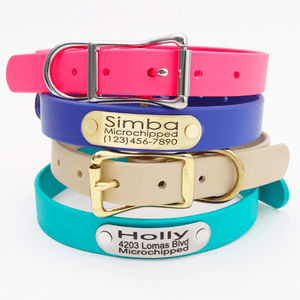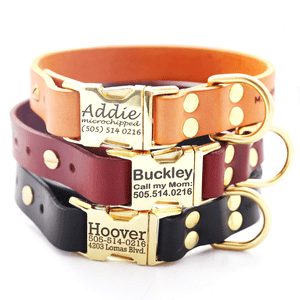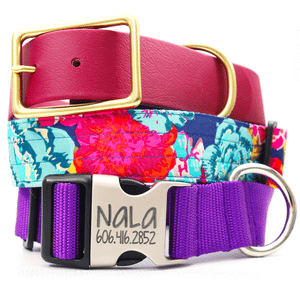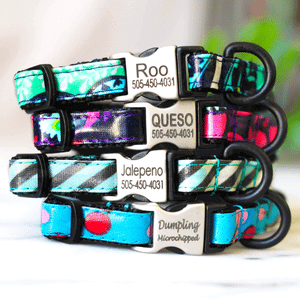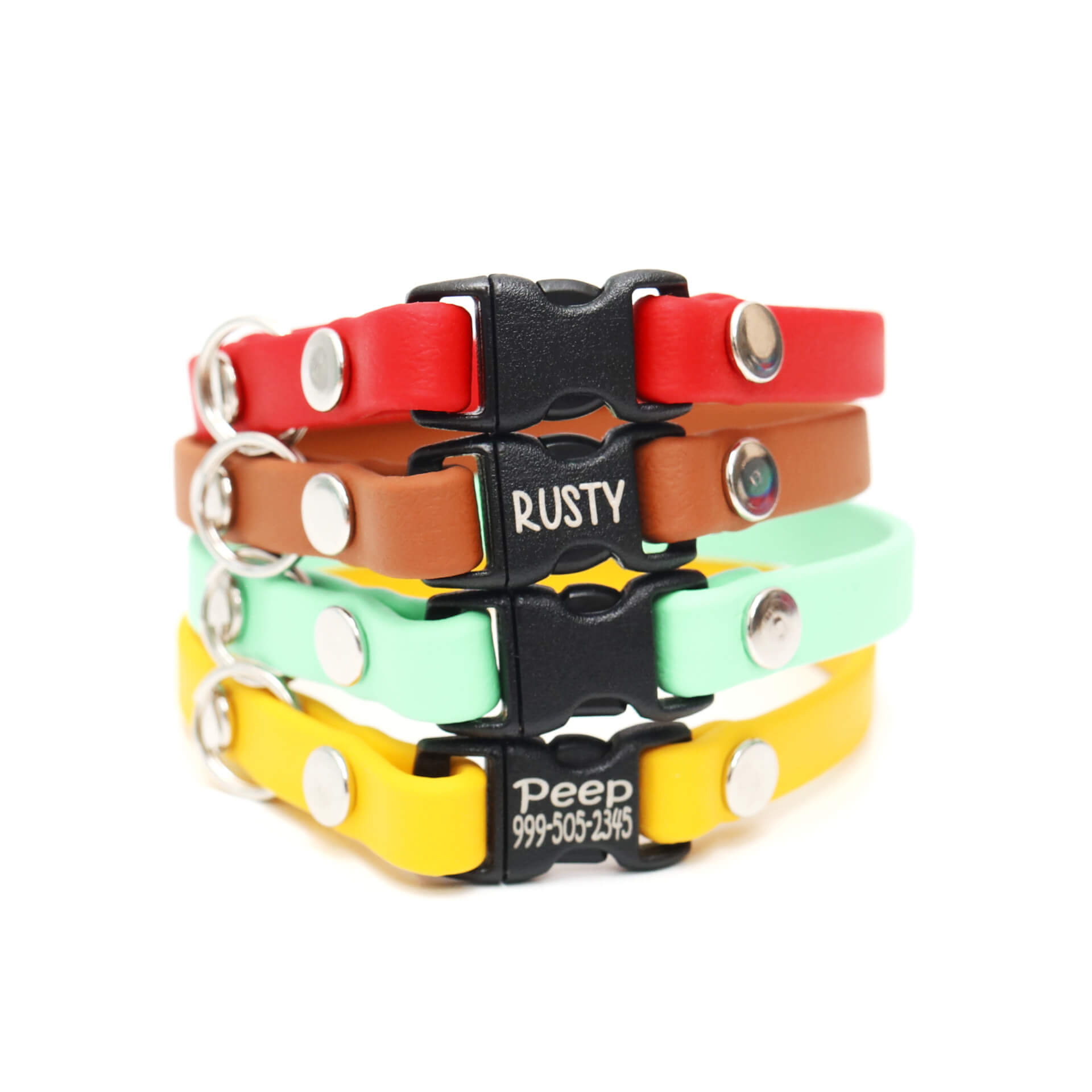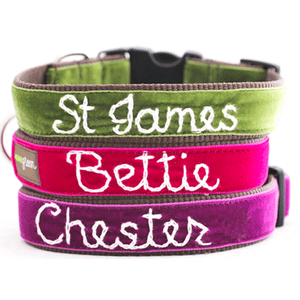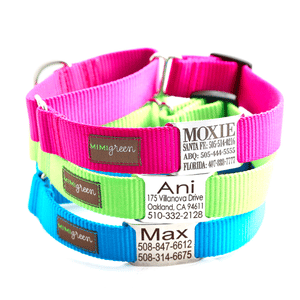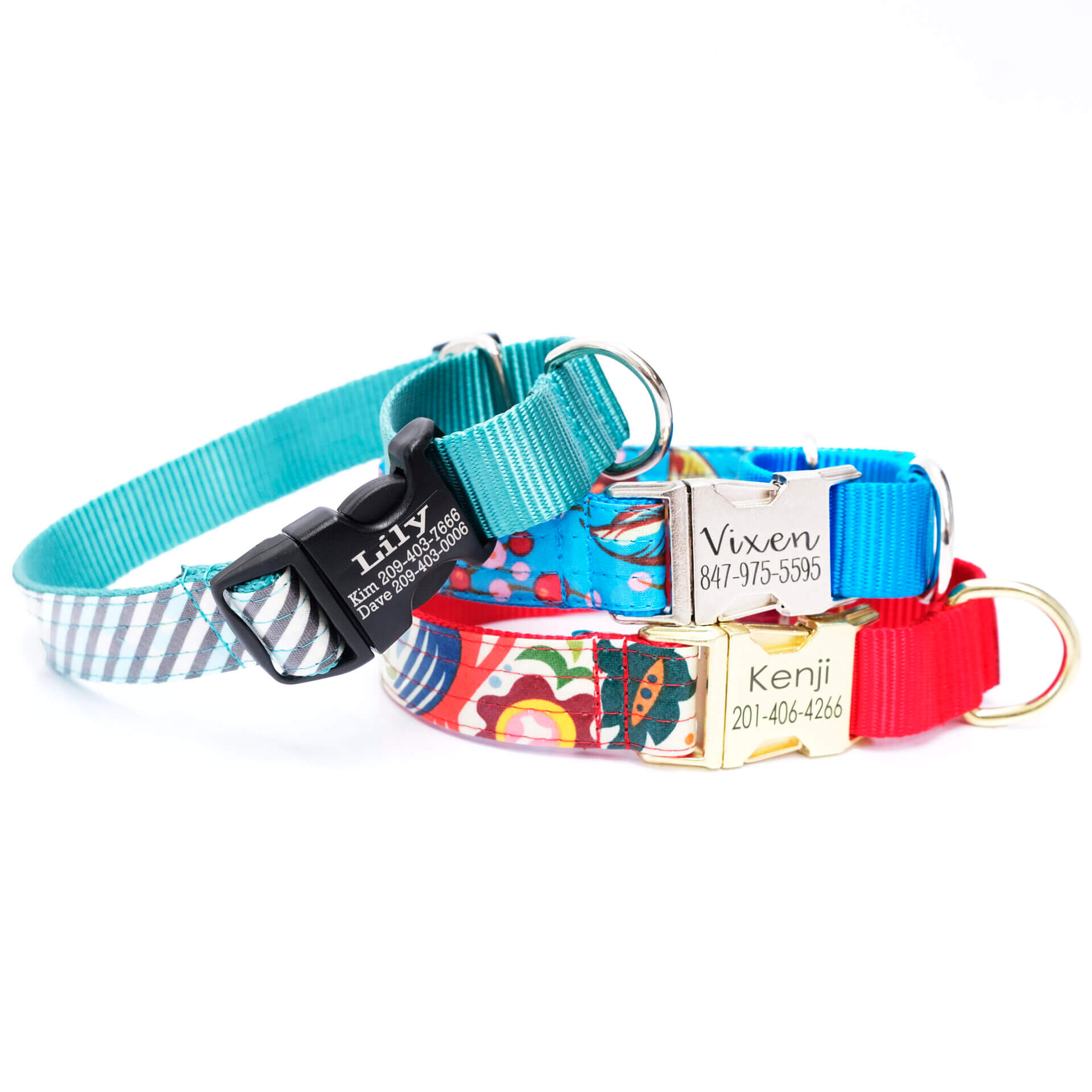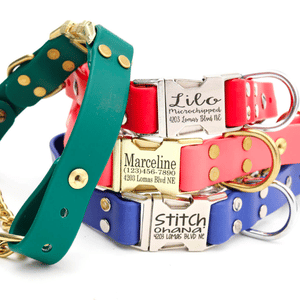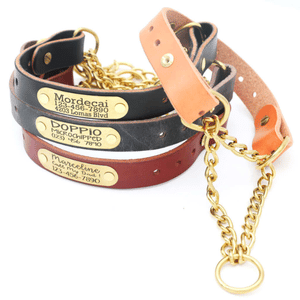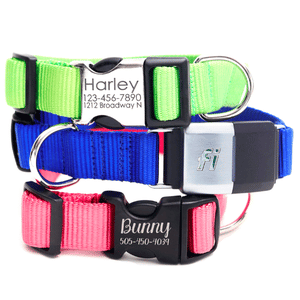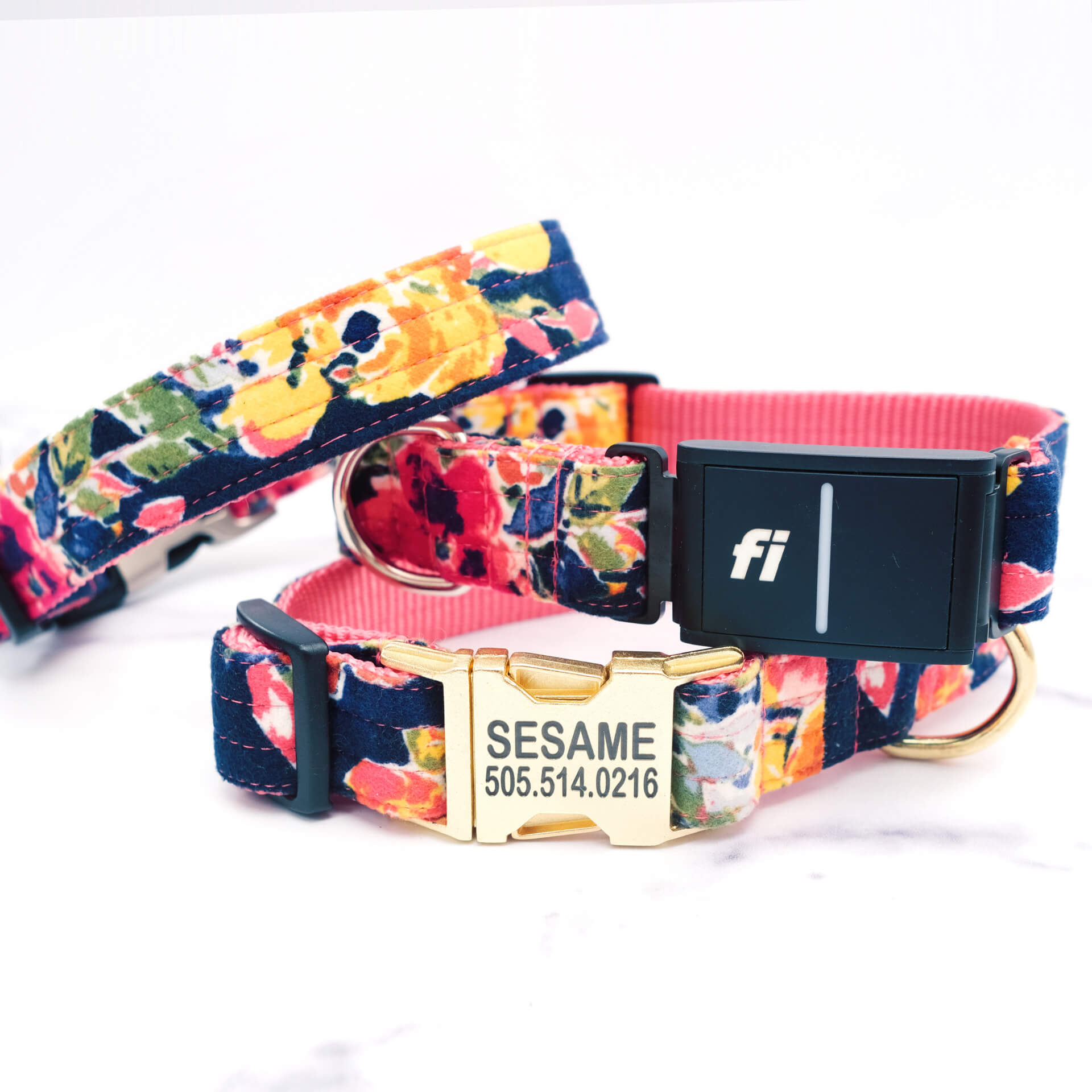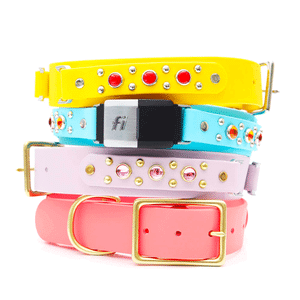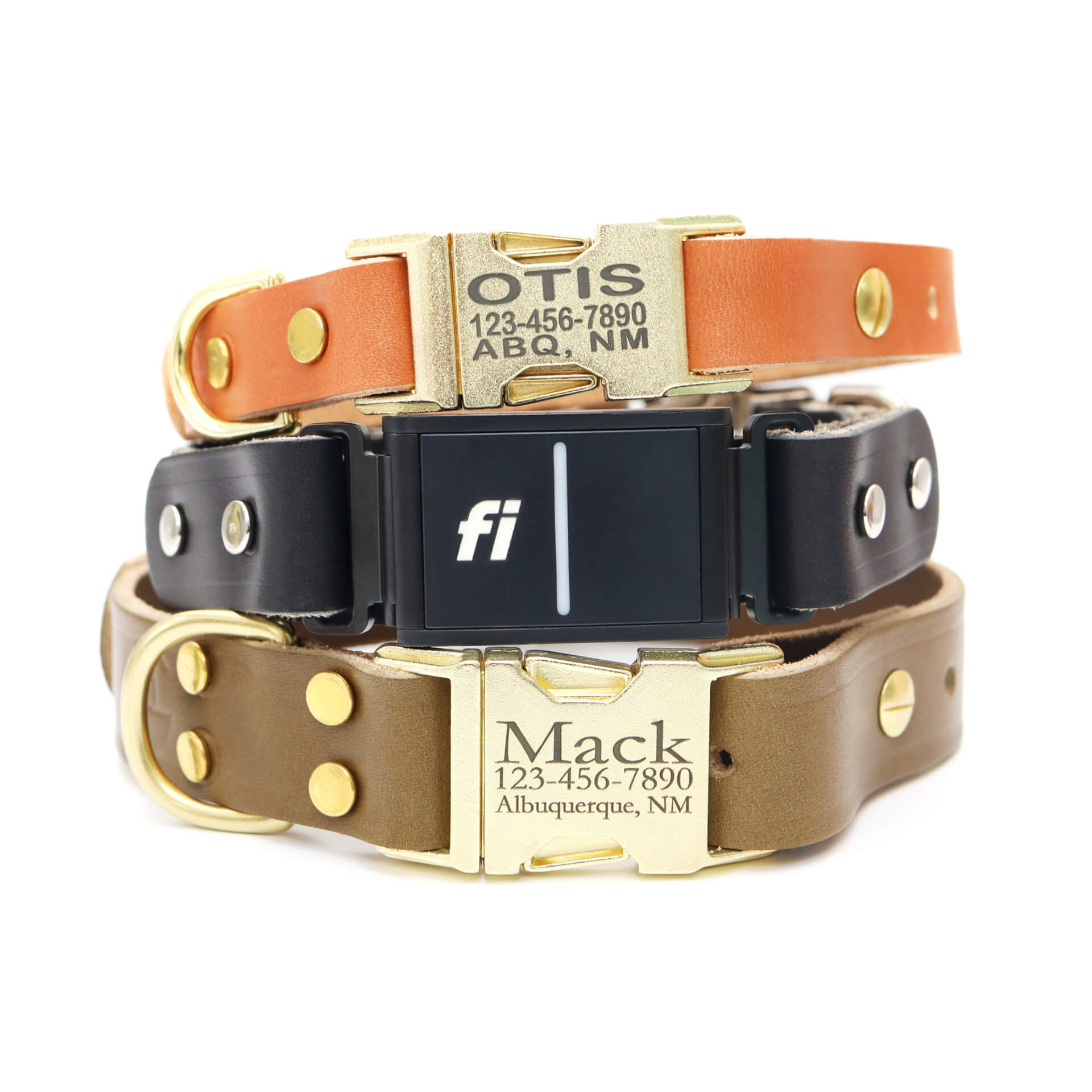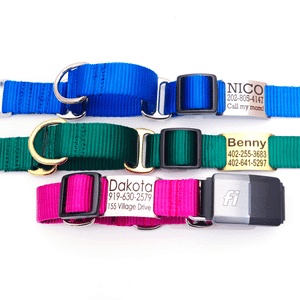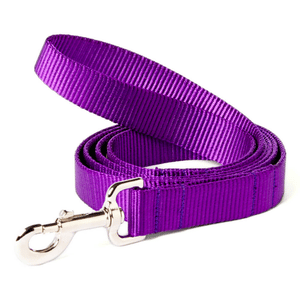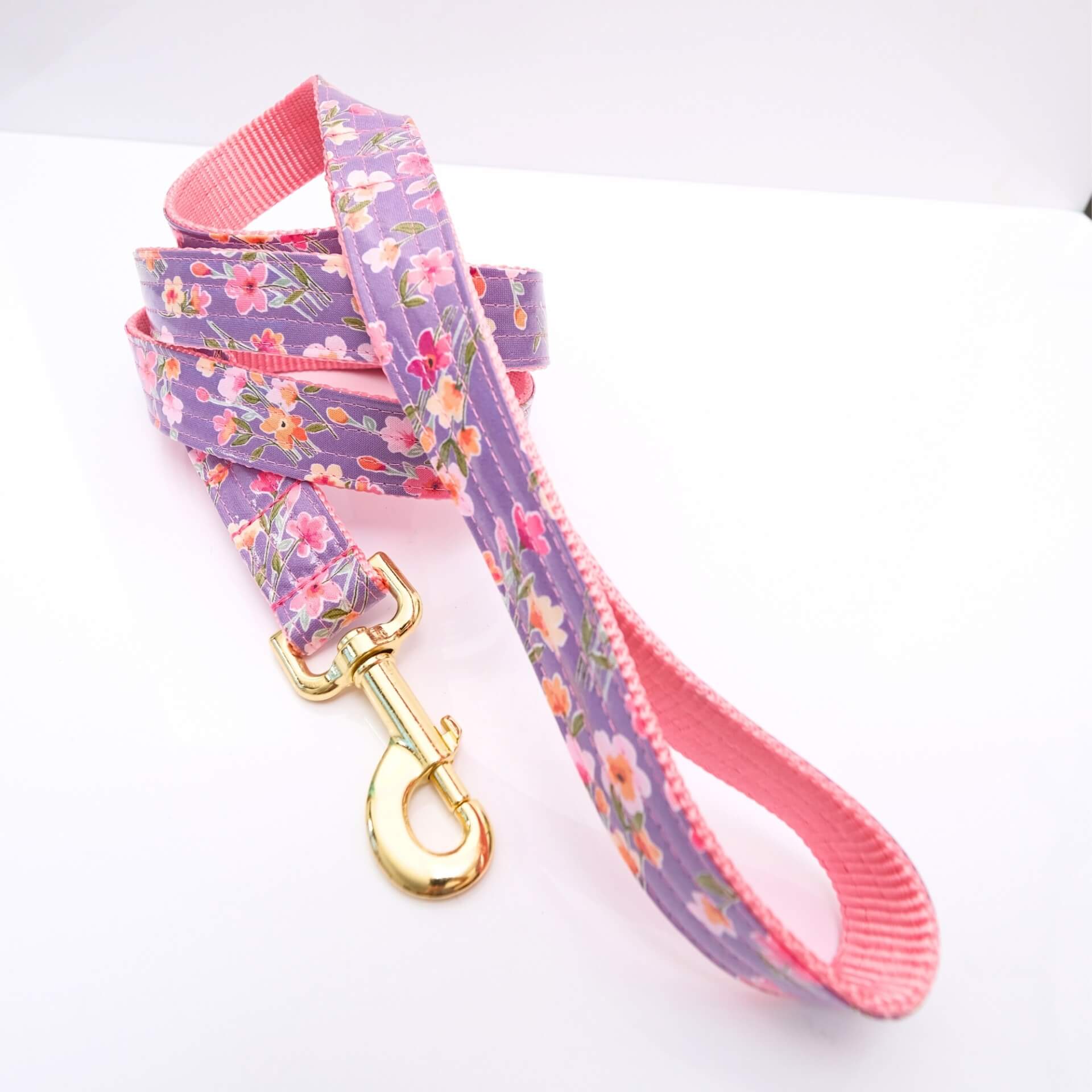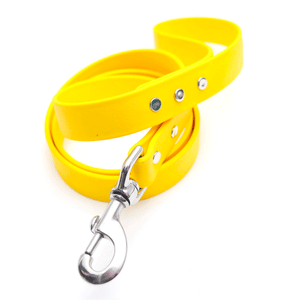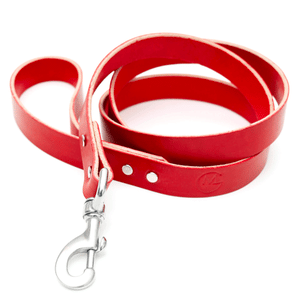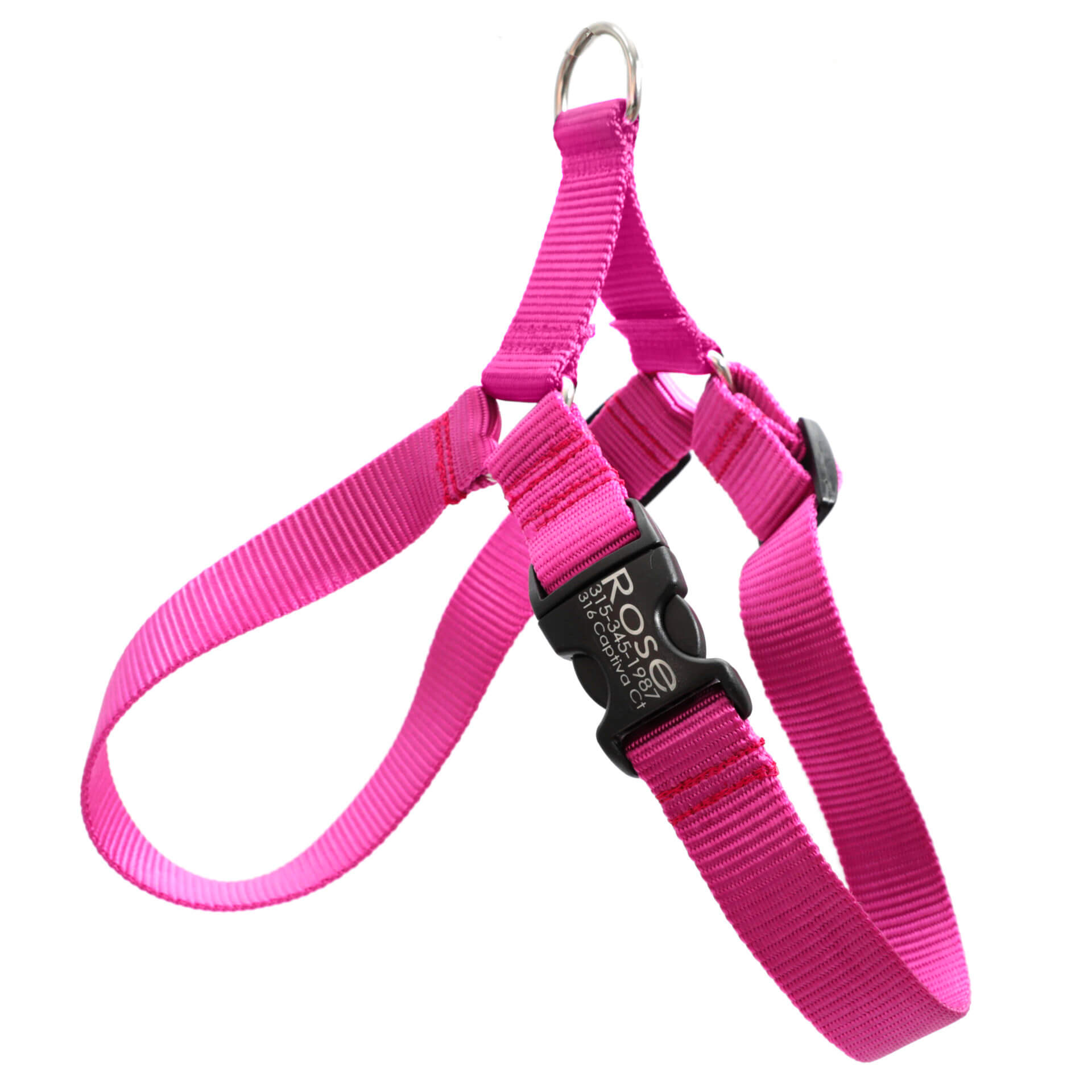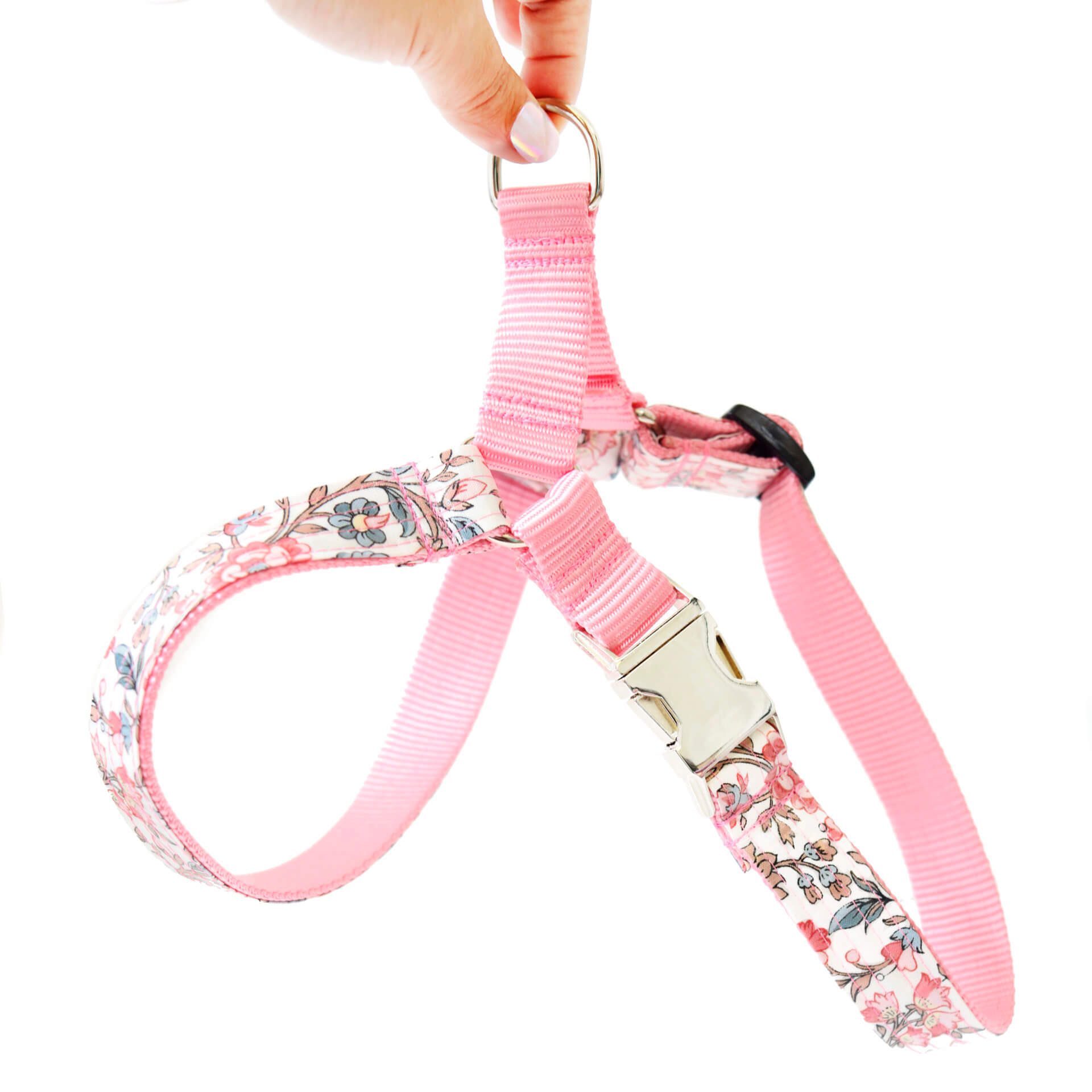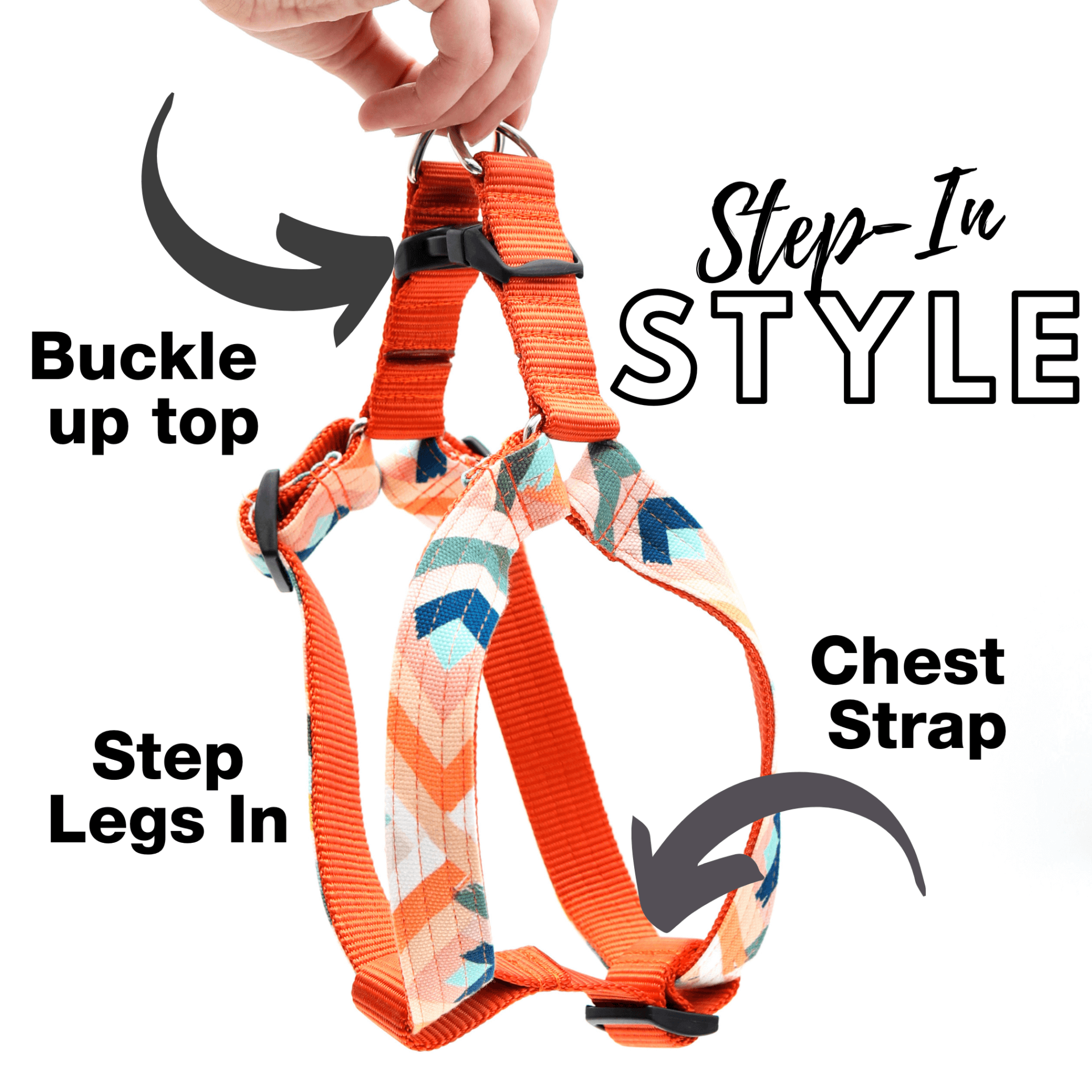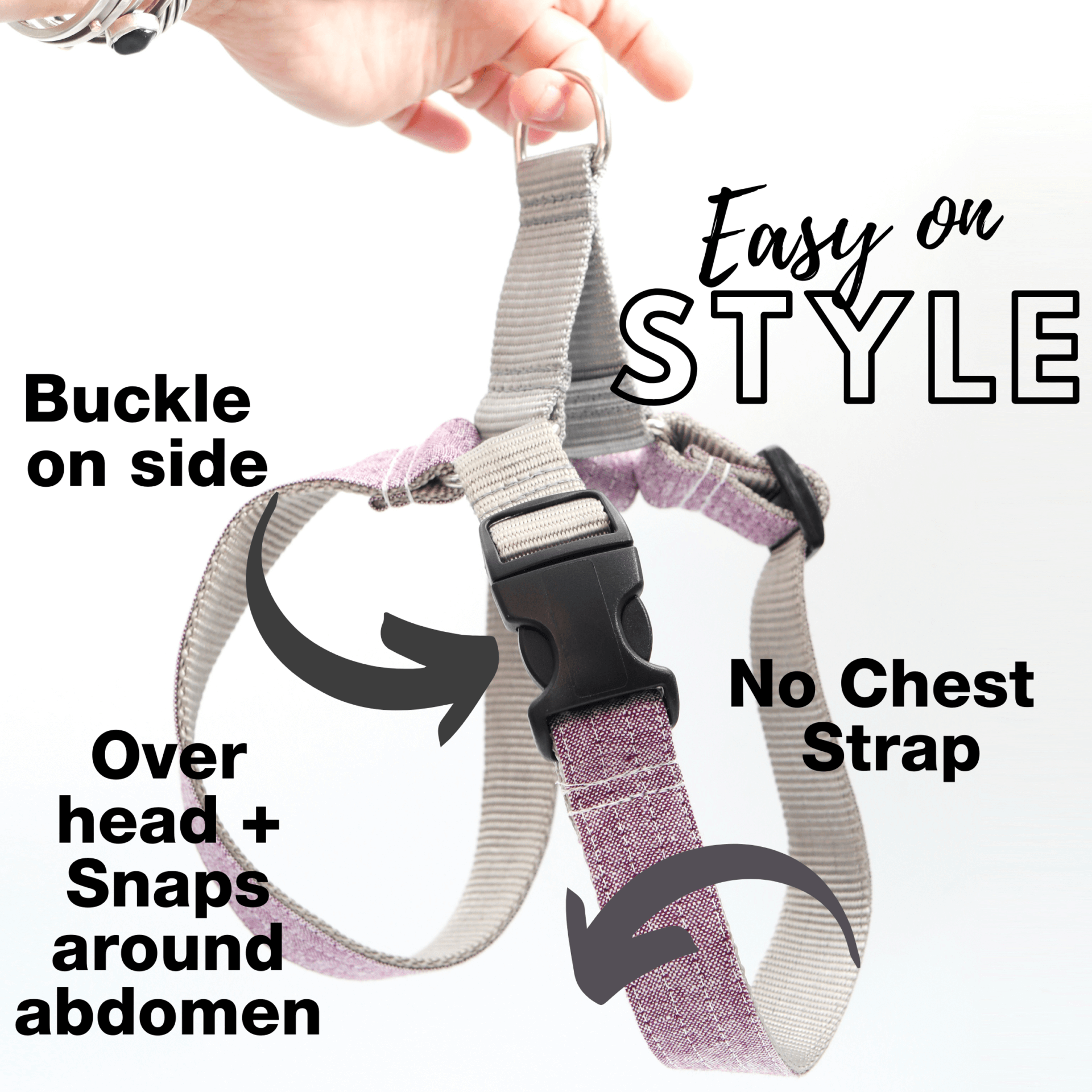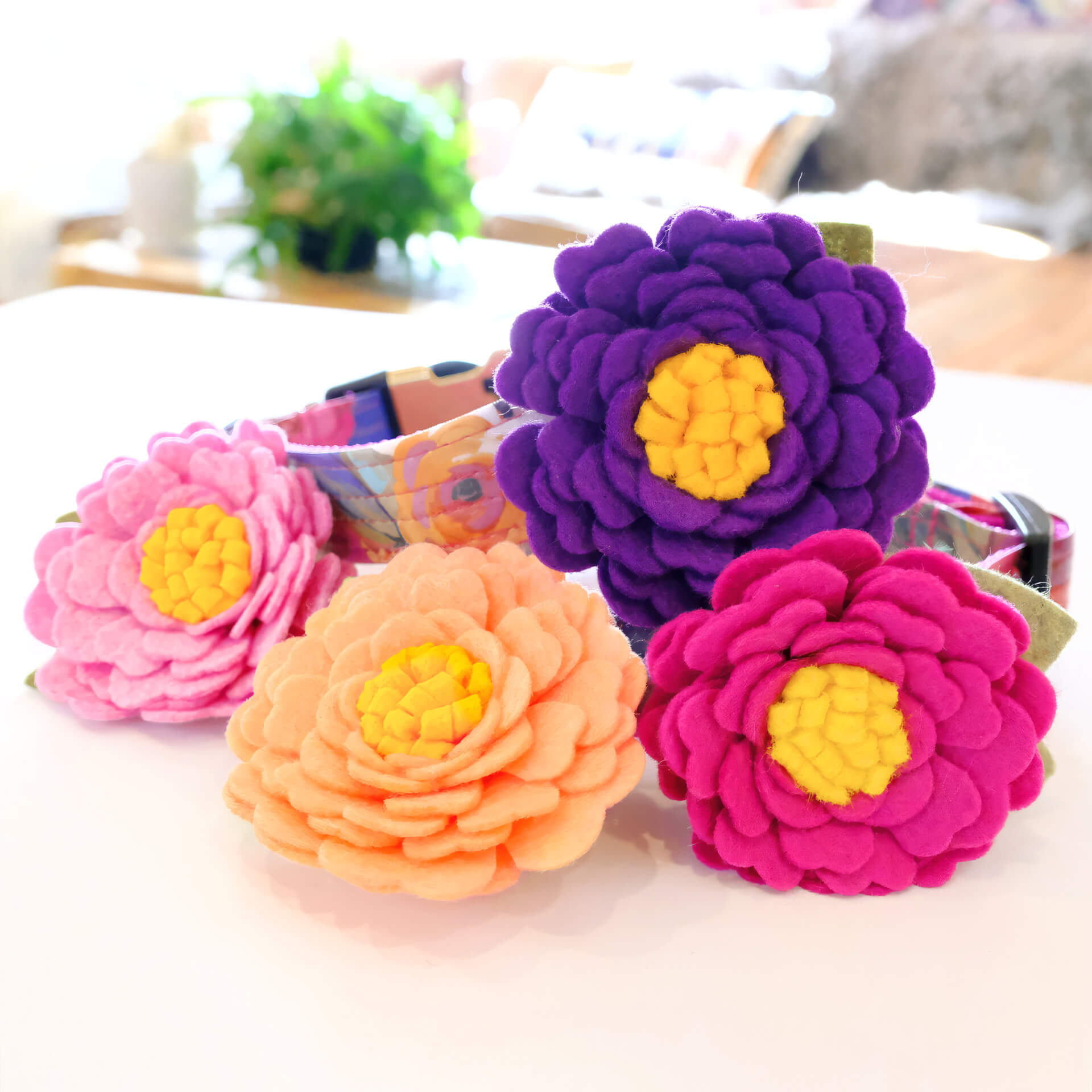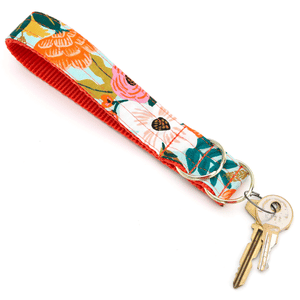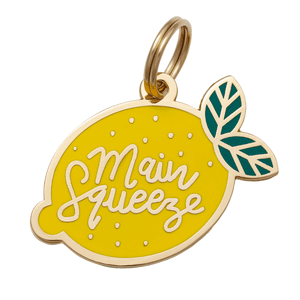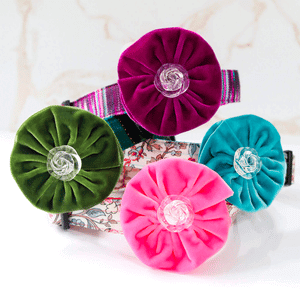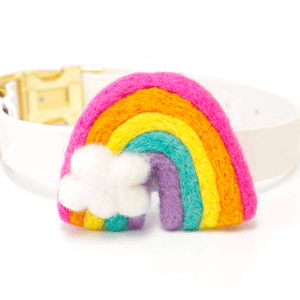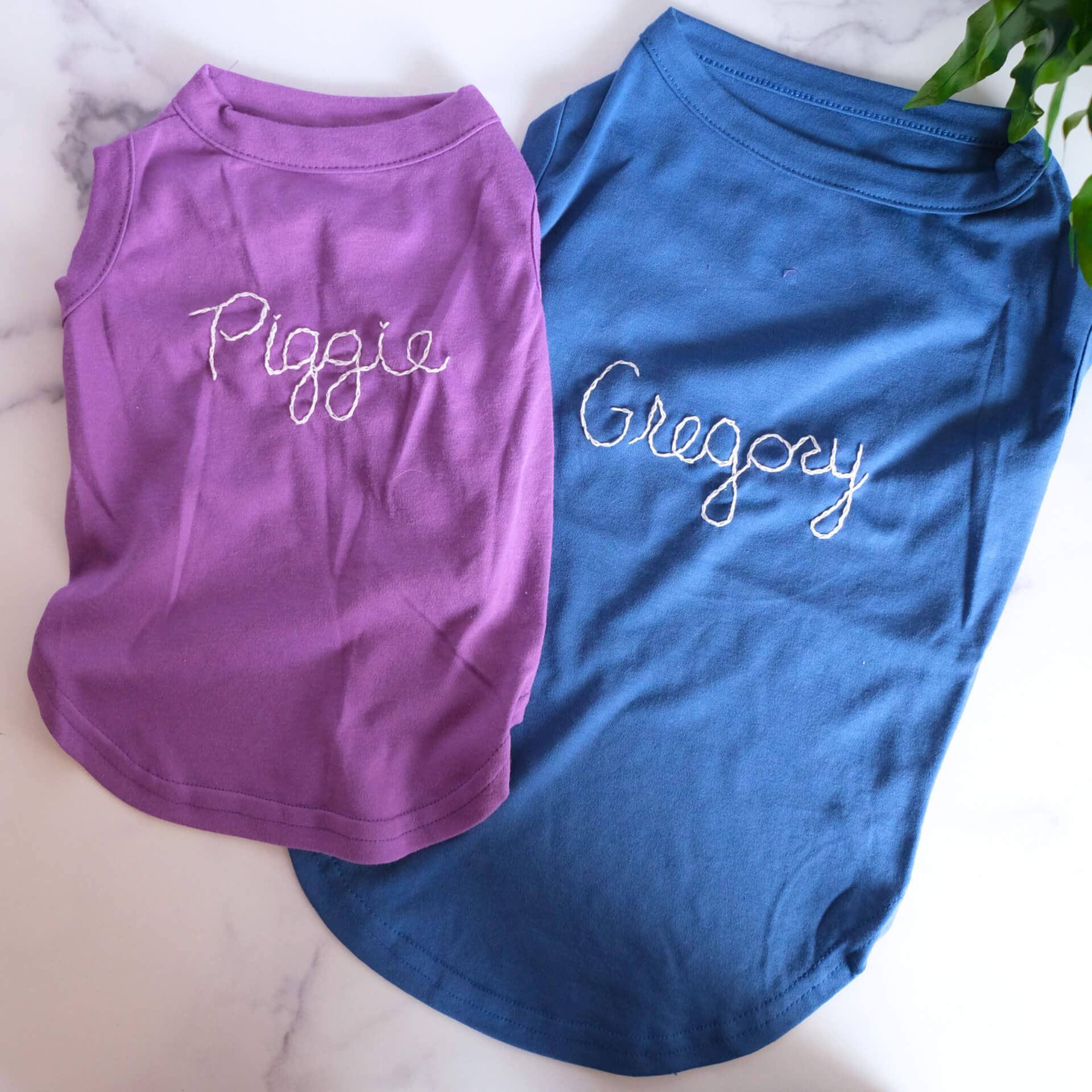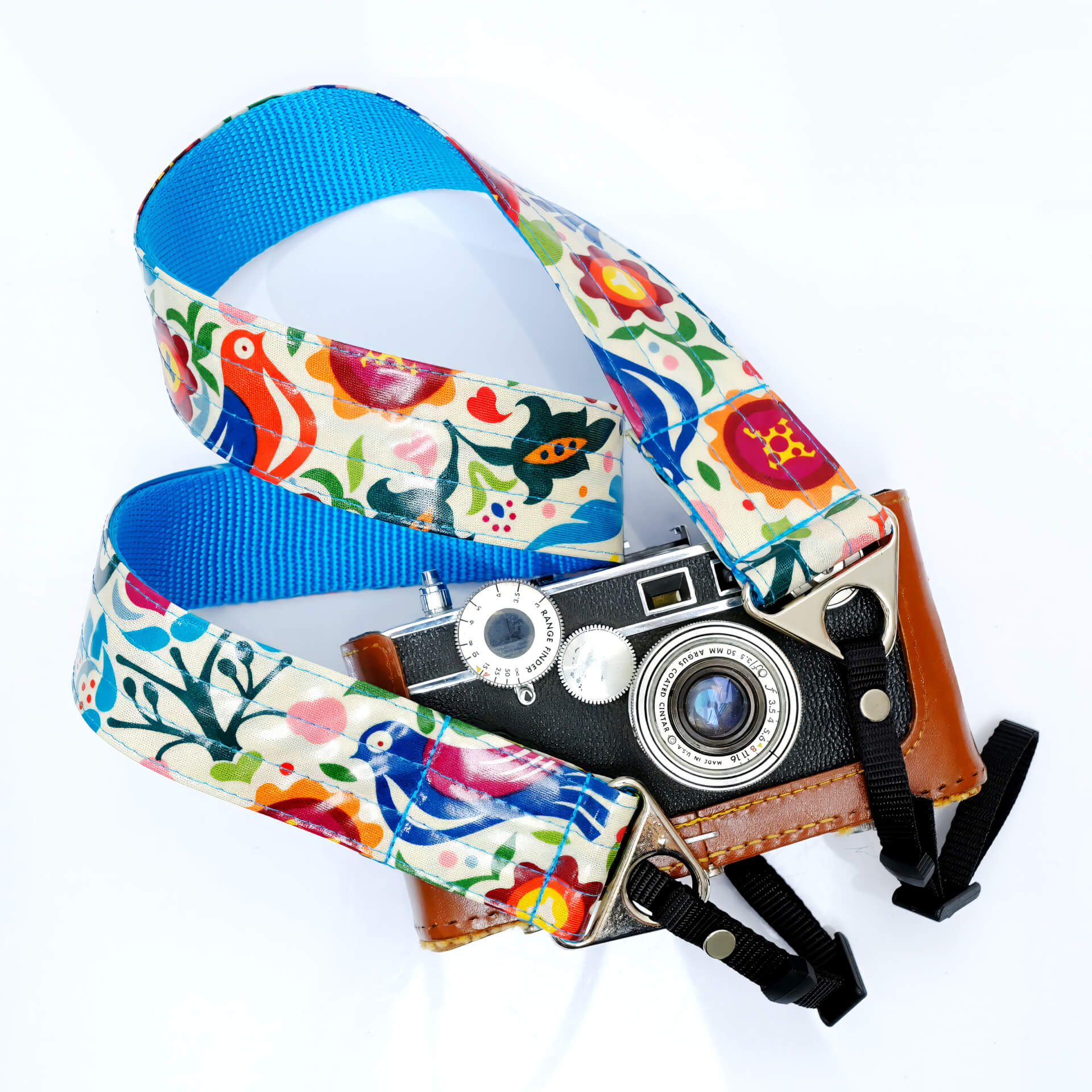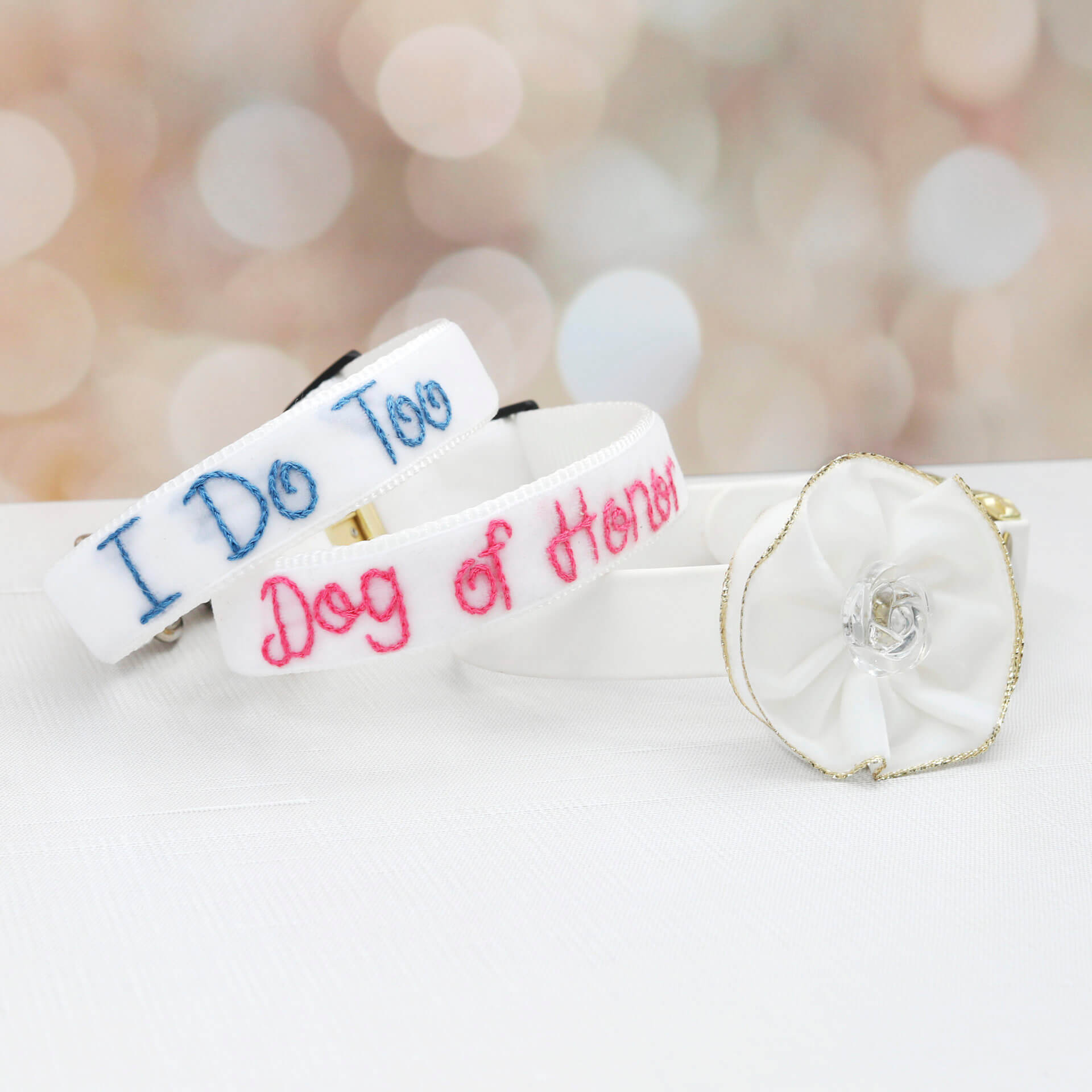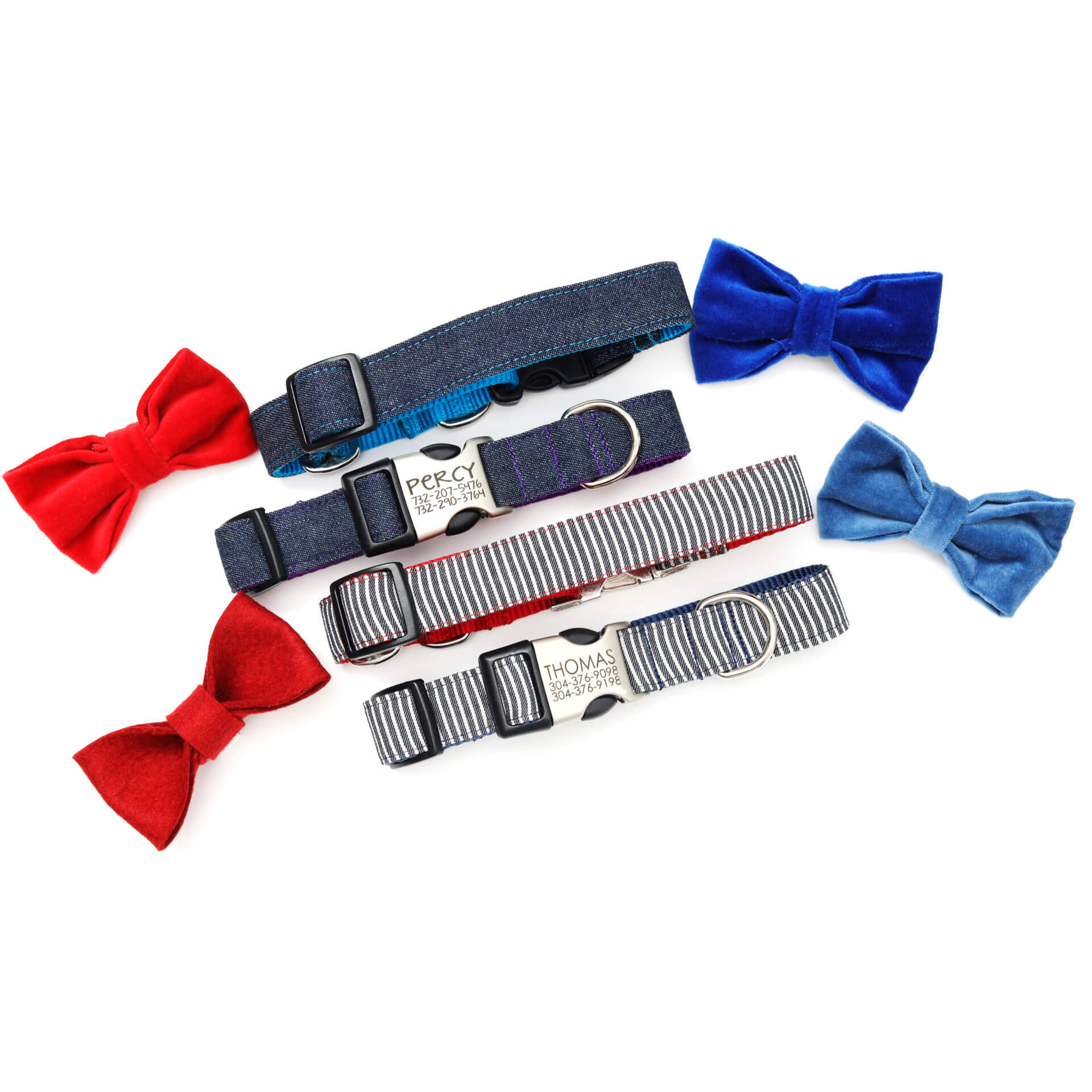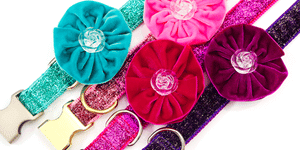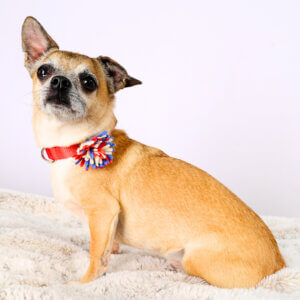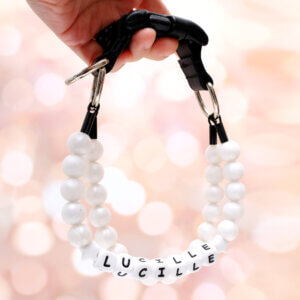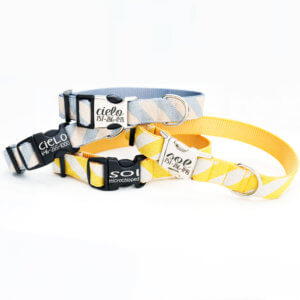Blog
Dog Harness Size Chart: Find Your Dog’s Perfect Fit
Measure your dog’s chest girth behind the front legs. Use this chart to match girth and weight to sizes. Follow our step-by-step guide to avoid common fitting mistakes.
Once you have that chest measurement, match it to the brand’s size chart. Be aware that size labels (Small, Medium, Large) vary between companies. A French Bulldog and a Whippet might weigh the same but need completely different sizes due to their unique builds.
Quick Sizing Chart for Fast Answers

These numbers are a helpful starting point, but brands can vary. Some will call a 21” chest a Medium, others a Large. That’s why measuring your dog is always the first, and most reliable, step.
Why Harness Fit Matters
A harness that fits poorly changes how your dog experiences every walk. If your dog starts dreading their harness, it’s often because it feels uncomfortable every time you slip it on. Pressure points that dig into soft tissue or pinch under the legs can turn a simple walk into a frustrating event for you both.
Even well-meaning owners can accidentally contribute to behavior issues when a harness restricts movement. Dogs pulling harder on the leash, veering awkwardly to one side, or trying to wriggle free may not be acting stubborn, they may simply be reacting to discomfort. A bad fit affects control, safety, and training outcomes.
For growing puppies, a poorly fit harness today might be completely unworkable next month. Flexibility in sizing, both in design and adjustability, is what allows your dog’s harness to remain useful as they grow, gain muscle, or change shape.
Step-by-Step: How to Measure Your Dog for a Harness
1. Measure Chest Girth
This is the most accurate indicator of harness size.
- Wrap a soft tape measure around your dog’s chest directly behind the front legs, at the widest part of their ribcage.
- Flatten or part thick fur to get a true measurement close to the skin. Measuring over fluffy coats leads to oversizing.
2. Measure Neck
Some harness styles include adjustable neck straps. Measure around the base of the neck where a collar typically sits.
3. Check Back Length
Certain Y-style harnesses require you to know the length between the base of the neck and just behind the front legs.
4. Consider Breed Body Shape
Not all 30 lb dogs are built alike. A lean, long-backed dog may need a very different size than a stocky, barrel-chested one.
5. Use the “Two-Finger Rule”
Once the harness is fitted, you should be able to slide two fingers comfortably between your dog and the harness at every contact point.
Real Life Sizing Struggles
“I measured but still got it wrong”, Why charts confuse people
It’s easy to misinterpret charts that rely on letter-coded diagrams (A, B, C, D) without clear visuals. Some people mistakenly measure leg circumference or too far forward on the chest.
Breed-specific pain points
- Broad-chested breeds like French Bulldogs and Bulldogs often need shorter, wider harnesses.
- Long-backed dogs like Dachshunds and Italian Greyhounds fall between sizes.
- Deep-chested sighthounds like Greyhounds or Whippets require specialized proportions.
Seasonal coat changes affect fit
Breeds like Poodles, Doodles, and Huskies can shift harness sizes depending on grooming or seasonal shedding. Measure again after major coat changes.
Escape artists need special fit attention
Dogs prone to backing out of harnesses need more coverage, snugger fit around the chest, and sometimes multi-strap designs to prevent wiggle escapes.
How to Avoid the Top 5 Harness Fit Mistakes
Even with measurements in hand, there are a few common missteps that trip up many dog owners:
- Guessing by weight alone: A 30-pound Dachshund and a 30-pound Cocker Spaniel have entirely different frames. Chest girth tells you far more than the number on the scale.
- Measuring over fluffy fur: Always part or flatten thick fur before measuring. Oversized measurements from fluffy coats lead to loose, ill-fitting harnesses that slip or chafe.
- Ignoring breed body shape: Barrel chests, long backs, short legs, or lean frames often push dogs between standard sizes. Breed characteristics matter just as much as measurements.
- Not checking fit after grooming: After a major grooming or seasonal coat change, recheck the fit. A freshly trimmed coat can drop a size, while winter growth may require extra room.
- Overlooking neck-to-belly strap length: Especially with Y-harnesses, the length between neck and chest straps affects shoulder movement and leg clearance. Too short, and the harness can restrict motion.
Which Harness Style Fits Best?
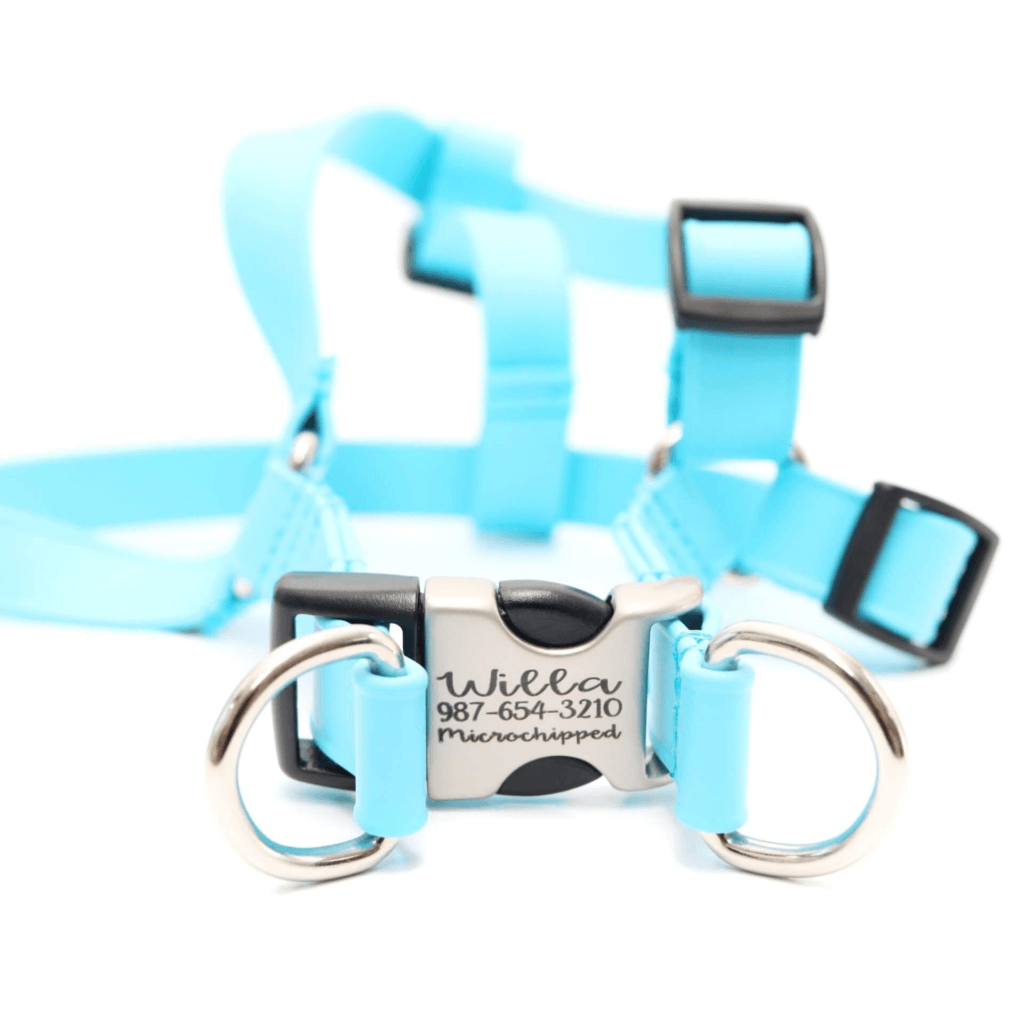
Photo source: Step-In Lightweight Biothane Dog Harness.
- Y-Harness (best for shoulder freedom): Y-shaped harnesses allow full range of shoulder movement, making them ideal for active dogs. They also distribute pressure more evenly across the chest.
- Step-In Harness (simple but limited adjustability): Step-in designs are quick and easy to use, but offer less flexibility for tricky body shapes. They’re often better for small dogs with proportionate frames.
- Escape-Proof Harness (multi-strap designs for Houdinis): For dogs skilled at slipping free, multi-strap designs with chest, belly, and secondary girth straps provide additional security and coverage.
When to Contact Customer Support for Sizing Help
If you find yourself hesitating between two sizes, or struggling to adapt standard charts to your dog’s unique shape, don’t guess. Reaching out to a brand’s sizing specialist can save you the frustration of returns and the cost of getting it wrong. With direct guidance, many owners avoid multiple exchanges and ensure their dog’s harness fits from the start.
Mimi Green’s Handmade Advantage
Every dog deserves a harness that feels like it was made just for them, because at Mimi Green, it is. Unlike mass-produced options that force dogs into generic sizing, we handcraft every harness to order right here in the USA.
- Choose from velvet, waterproof Biothane, reflective materials, or soft canvas, each suited to your dog’s lifestyle.
- Customize everything from width to hardware to ensure your dog’s comfort and safety.
- Add personalized engraving directly onto the buckle, eliminating the need for noisy tags and providing instant ID if your dog ever slips away.
When your harness starts with your dog’s measurements, not just a size label, you avoid nearly every sizing headache listed above.
The Bottom Line: Get It Right The First Time
A harness that fits well helps your dog move naturally, keeps them safe on walks, and makes every outing something you both enjoy. Don’t let poor fit turn daily walks into a struggle. Measure carefully, choose thoughtfully, and when in doubt, go custom.
Custom Harnesses Made to Fit Your Dog, Not the Chart
You’ve measured, compared size charts, and still find yourself wondering if any off-the-shelf harness will truly fit your dog’s unique body. You’re not alone. That’s why Mimi Green exists.
Instead of settling for “close enough,” let us build your dog’s harness the way it should be:
- Custom fit based on your dog’s true measurements, no guessing, no compromises.
- Wide adjustability to grow with your puppy or adapt through seasonal coat changes.
- Durable materials like waterproof Biothane and soft velvet that combine style with function.
Our small team handmakes every piece with care, because your dog is part of your family. Let’s make something worthy.
👉Shop our custom harnesses today and finally cross “perfect fit” off your list.

